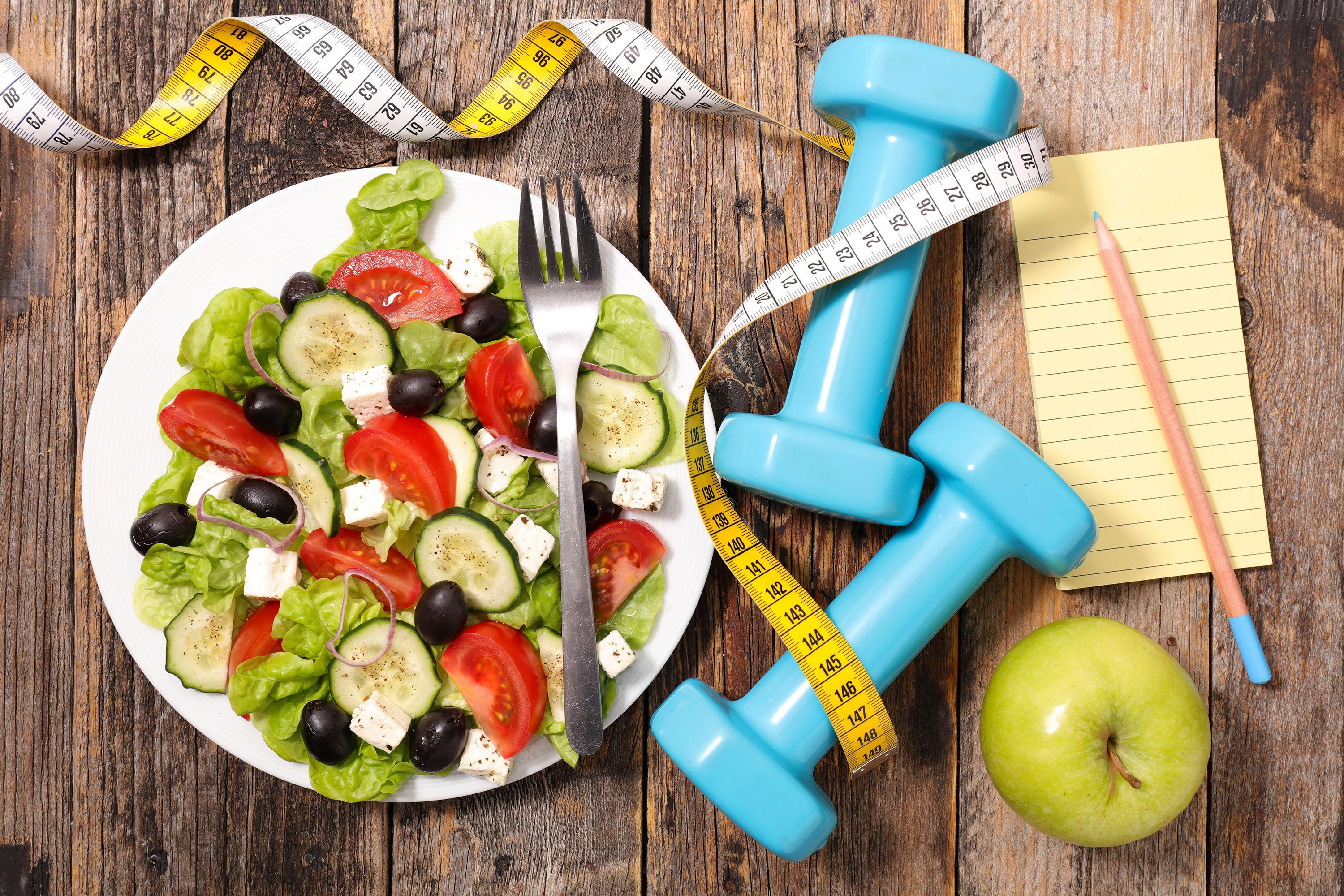What is a diabetic diet? Is there only one or many? What does a diabetic diet consist of? All these questions and more will be answered in this article.
A diabetic diet is an eating plan or diet recommended for people with diabetes mellitus to assist them in controlling their blood sugar.
A diabetes diet is medically known as Medical Nutrition Therapy. It is rich in nutrients, low in fat and calories and high in vegetables, fruits and whole grains. In such a Keto Diet Coke, individuals are encouraged to eat moderate amounts of food and stick to regular mealtimes.
The importance of eating dietary fiber is emphasized in such diets and it is even said that carbohydrates  eaten with dietary fiber results in a lower glycemic status (level of sugar in the blood) than the same amount of carbohydrates otherwise consumed alone.
eaten with dietary fiber results in a lower glycemic status (level of sugar in the blood) than the same amount of carbohydrates otherwise consumed alone.
It has been recommended that between 40 to 65% of calories should be obtained from carbohydrates, although the American Diabetes Association in 1994 recommended 60 to 70%.
This latter recommendation has been criticized by various individuals who rather canvassed a low carbohydrate diet. Richard K Bernstein is one of such individuals. His own diet limits carbohydrate intake to just 30 grams per day along with strenuous muscle building exercise and frequent blood glucose monitoring.
Futurologist Ray Kurzweil who was previously diagnosed with diabetes likewise advocates a carbohydrate intake of one sixth of total daily caloric load.
Taking a cue from the fact that a diet high in dietary fiber has been shown to be very beneficial, studies have been made on vegan diets (diets of vegetarians). These studies show that such diet not only also help to lower hemoglobin A1C and LDL levels but also advanced glycation end products. Glycated end products are proteins or lipids which having been exposed to sugars become glycated (covalently bonded with a sugar molecule without the controlling action of an enzyme).
In the United Kingdom though, there is the Eat Well plate which is the national food guide designed to help UK citizens have a healthy balanced diet. It is based on the basic five food groups and the guide stipulates the percentage of a person’s plate that should be made up of each food group.
Thus Fruits and vegetables – 33%, Bread, rice, potatoes, pasta and other starchy foods – 33%, Milk and other dairy products – 15%, Meat, fish, egg, beans and other non-dairy sources of protein – 12% and foods and drinks high in fat or sugar – 7%.
It is noteworthy that the second group though should be whole grain-that is whole wheat bread, brown rice etc. and not refined grains like white bread and white rice. Where this is so and bearing in mind that the diet falls within the bounds of the recommended stipulation of between 40 to 65% calorie to be obtained from carbohydrates, it can be said that it is also a good diet for diabetics.
Likewise the United States Department of Agriculture (USDA) have the MyPlate nutrition guide which replaced the USDA’s pyramid guide on June 2, 2011. It is basically a plate plan requiring that 30 percent of a meal be grains, 40 percent vegetables, 10 percent fruits, and 20 percent protein. A small amount of dairy (product), such as a glass of milk or a yogurt cup is also included.
This plan was revised by the Harvard School of Public Health in their Harvard Healthy Eating Plate. Their revision features an additional percentage increase of vegetables over fruits whilst at the same time balancing healthy protein and whole grains as equal quarters of the plate.
